Auf dem größten Teil des nordamerikanischen Kontinents gibt es vier definitive Wetterperioden: Frühling, Sommer, Herbst und Winter. Ich nenne sie gerne "Trost", "Sommer", "Ich vermisse den Sommer" und "Schreckliche Depression", obwohl sie in der Regel diese traditionellen Namen tragen.
Viele MenschenDie Menschen, deren Zahl zunimmt, je weiter sie vom Äquator entfernt leben, werden in dieser kalten Jahreszeit traurig. Warum? Die Zeit, die wir mit Sonnenlicht verbringen, wird kürzer, unsere Mobilität wird eingeschränkt (und wir sind gezwungen, uns auf die beschissenen Nahverkehrssysteme der Großstädte zu verlassen, statt auf unsere Füße oder unser Fahrrad), und unsere Motivation, etwas zu tun - selbst so einfache Dinge wie einkaufen gehen oder baden - beginnt zu schwinden.
Die saisonal abhängige Depression (Seasonal Affective Disorder oder kurz SAD) bringt das Leben von rund 6% der Amerikaner jedes Jahr. Manche Schätzungen gehen davon aus, dass zwischen 10 und 20% der Bevölkerung an einer leichten Form von SAD leiden. Kreative sind vielleicht besonders anfällig, da unsere Arbeit oft lange Arbeitszeiten und Flexibilität erfordert, gepaart mit einer großen Portion Unsicherheit. Die Arbeit in der Kreativbranche kann schon bei schönem Wetter schwierig sein, ganz zu schweigen von -4°F draußen.
Was können wir also tun, um uns für den kommenden harten Winter zu wappnen? Als Kreativprofi, dem die kalte Jahreszeit bevorsteht, habe ich mich an meine kreativen Kollegen gewandt, um zu erfahren, wie sie mit dem Winterblues umgehen. Hier sind ihre Vorschläge.

1. Nimm deine Ergänzungsmittel ein.
Ob B12 gegen Stress, Melatonin für den Schlaf, 5HTP (das die Serotonin- und Melatoninrezeptoren deines Gehirns aktiviert), Omega-3 (das gut für die Gesundheit deines Gehirns und deinen Stoffwechsel ist) oder Vitamin-D-Tropfen, um den Mangel an Sonne auszugleichen - es ist wichtig, dass du in der kalten Jahreszeit genügend Vitamine zu dir nimmst, um die reduzierte Sonneneinstrahlung und Bewegung auszugleichen.
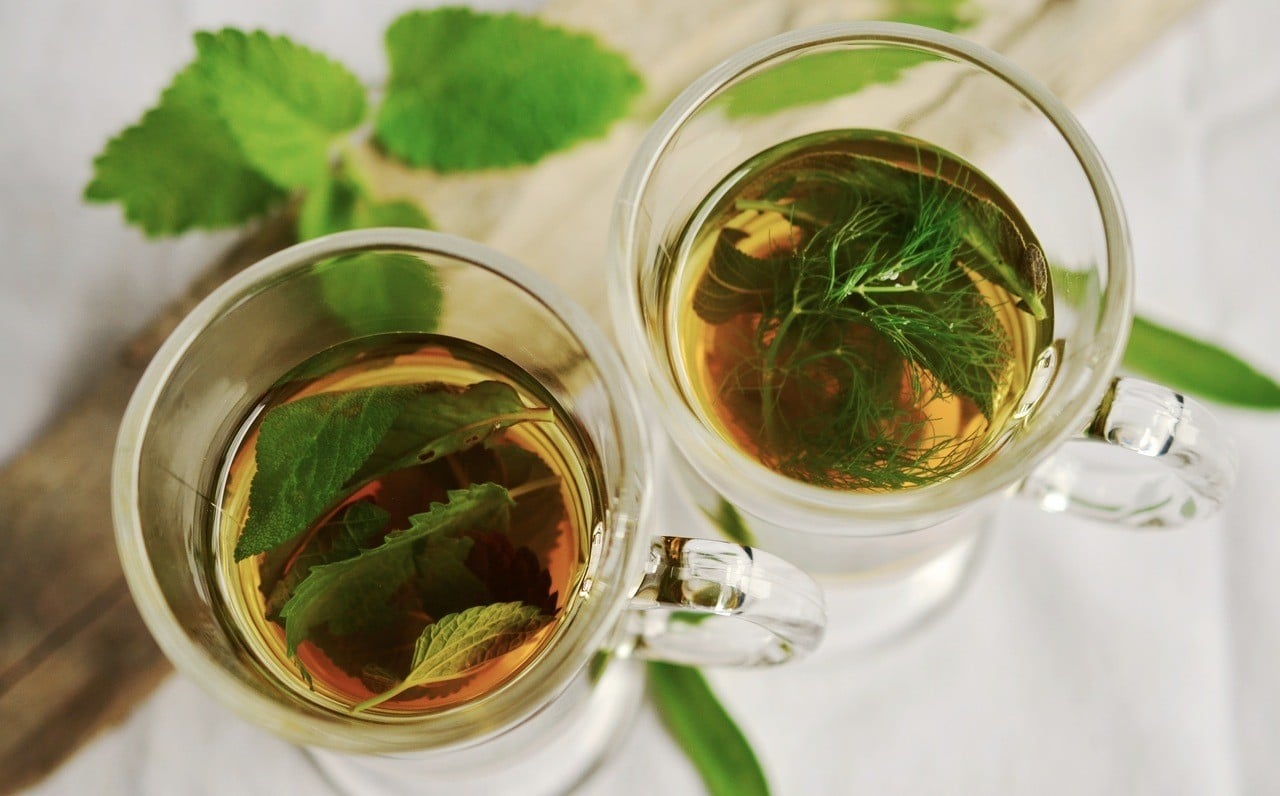
2. Trinke Tee.
Ähnlich wie Nahrungsergänzungsmittel enthalten schwarze, gelbe, weiße, grüne und rote Tees die Aminosäure L-Theanin, die Die Forschung hat gezeigt dämpft ängstliche Gedanken. Matcha-Grüntee enthält eine besonders hohe Dosis, die ähnlich wie Koffein eine fokussierte Energie liefert, ohne dass man dabei nervös wird. Ich trinke ihn anstelle von Kaffee.
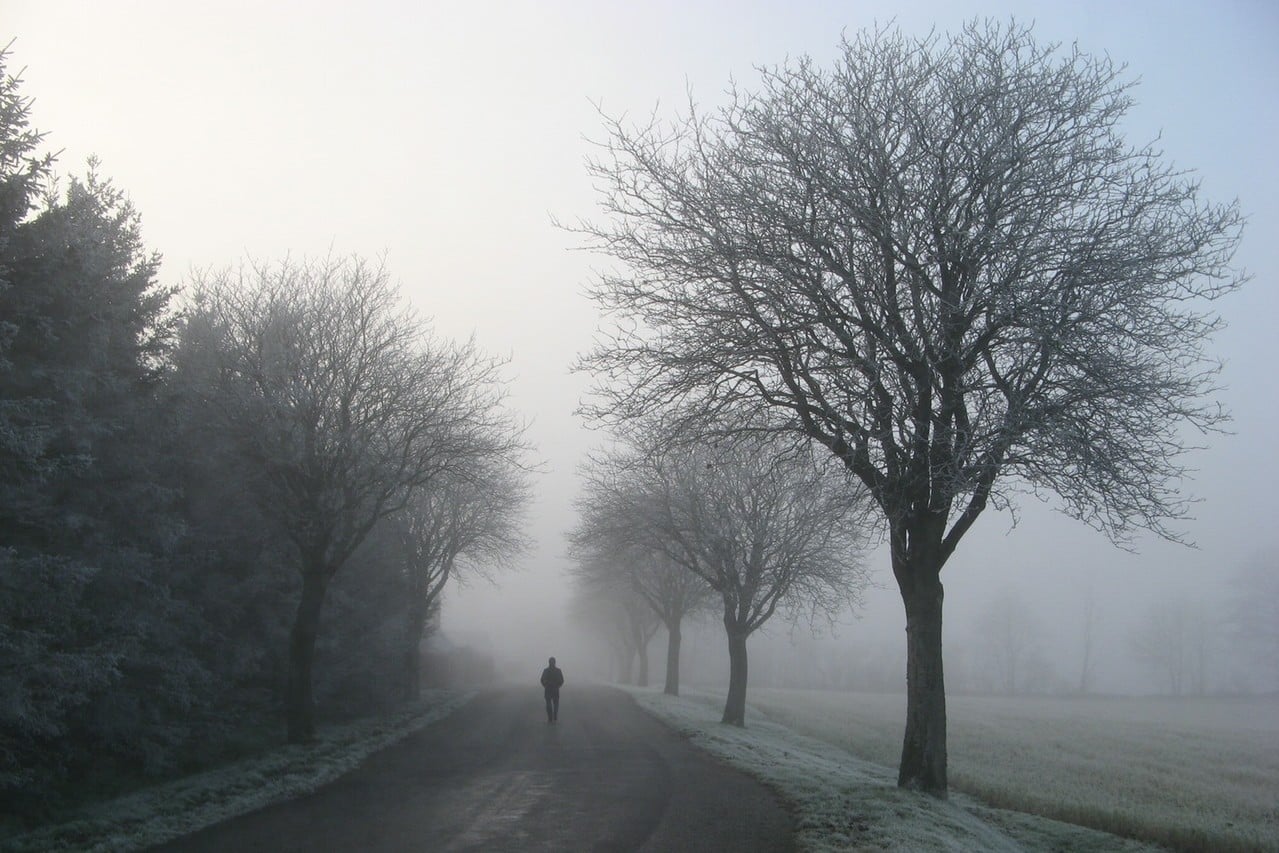
3. Besorge dir eine Lichttherapie-Lampe.
Viele meiner kreativen Freunde schwören darauf und betonen, dass es in den Wintermonaten einen großen Unterschied macht. Viele erschwingliche Optionen gibt es auf Amazonaber erwägen Sie, eine vom Etsy-Kunstkollektiv zu kaufen. UV-Produktionshaus damit du Kunst machen kannst, während du gesund bist.

4. Iss gut.
Wenn du in deinem Haus festsitzt und es draußen kalt ist, gibt es nichts Besseres als zu kochen und zu backen. Versuche, so viele grüne Lebensmittel wie möglich zu verwenden, wenn du Zugang dazu hast. Das ist eine wirklich gute Zeit, um eine Million Suppen zu kochen. Mach diese Kekse. Sie sind die Besten.
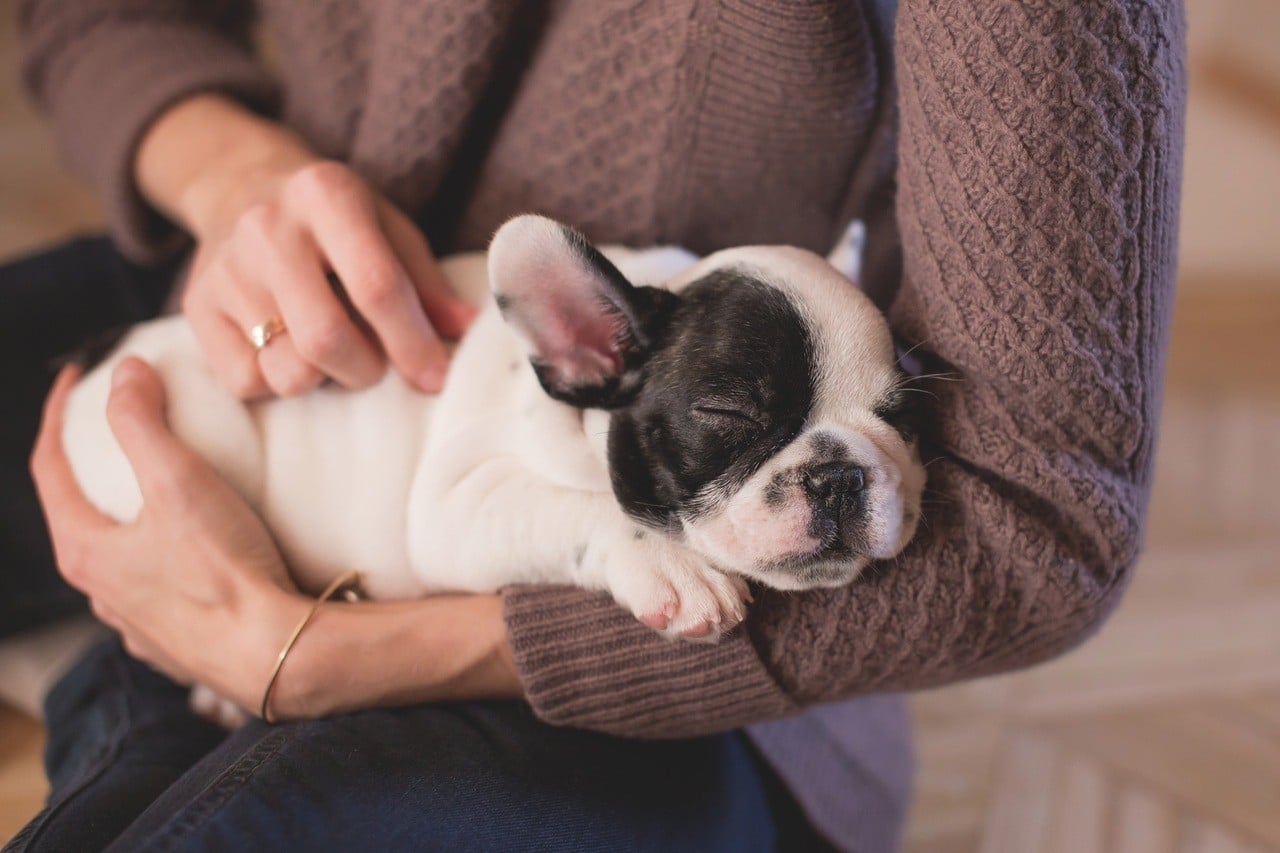
5. Verbringe Zeit mit Tieren.
Neueste Forschung legt nahe, dass der Schmerz einer psychischen Erkrankung geringer ist, wenn du ein Haustier hast. Wenn du dir keins zulegen kannst oder keines hast, suche dir einen Freund, der eins hat. Du kannst auch die örtlichen Tierheime besuchen, um einfach mal Hallo zu sagen.
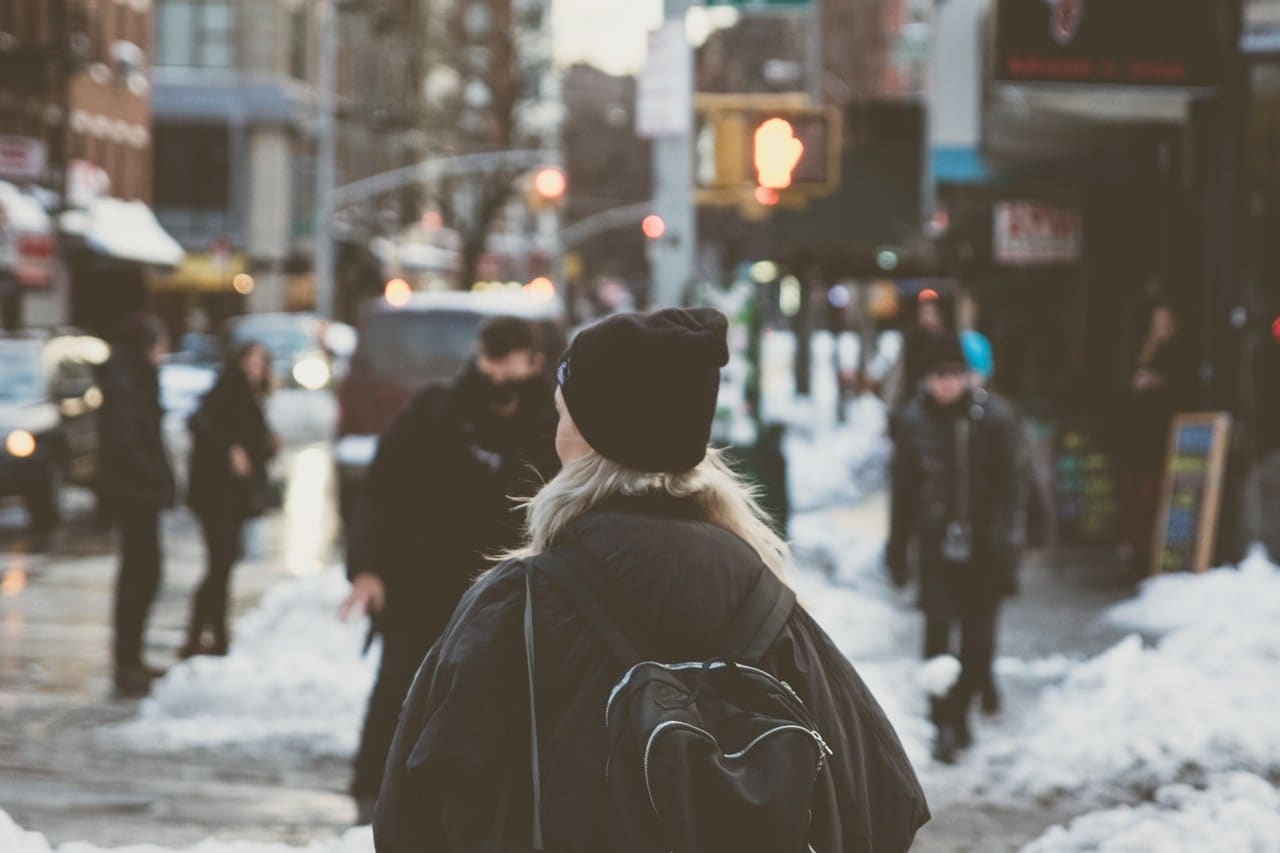
6. Übung.
Ich weiß, das scheint offensichtlich zu sein, aber Bewegung setzt Endorphine frei, die die Menschen ruhig und glücklich machen - und gleichzeitig das Selbstvertrauen stärken. Außerdem muss dein Ansatz nicht extravagant oder teuer sein. Mach YouTube Yoga. Mach einen richtig guten WiedergabelisteZieh dir eine warme Jacke und gute Stiefel an und geh zur Arbeit.

7. Zieh dich warm an.
Auch das scheint offensichtlich, aber wenn es kalt ist, solltest du dich angemessen kleiden. Mit Flanell gefütterte Jeans, daunengefüllte Jacken, bequeme und warme Stiefel und die Kombination aus Mütze, Schal und Handschuhen sind Pflicht. Nimm auch eine warme Decke für dein Bett mit.
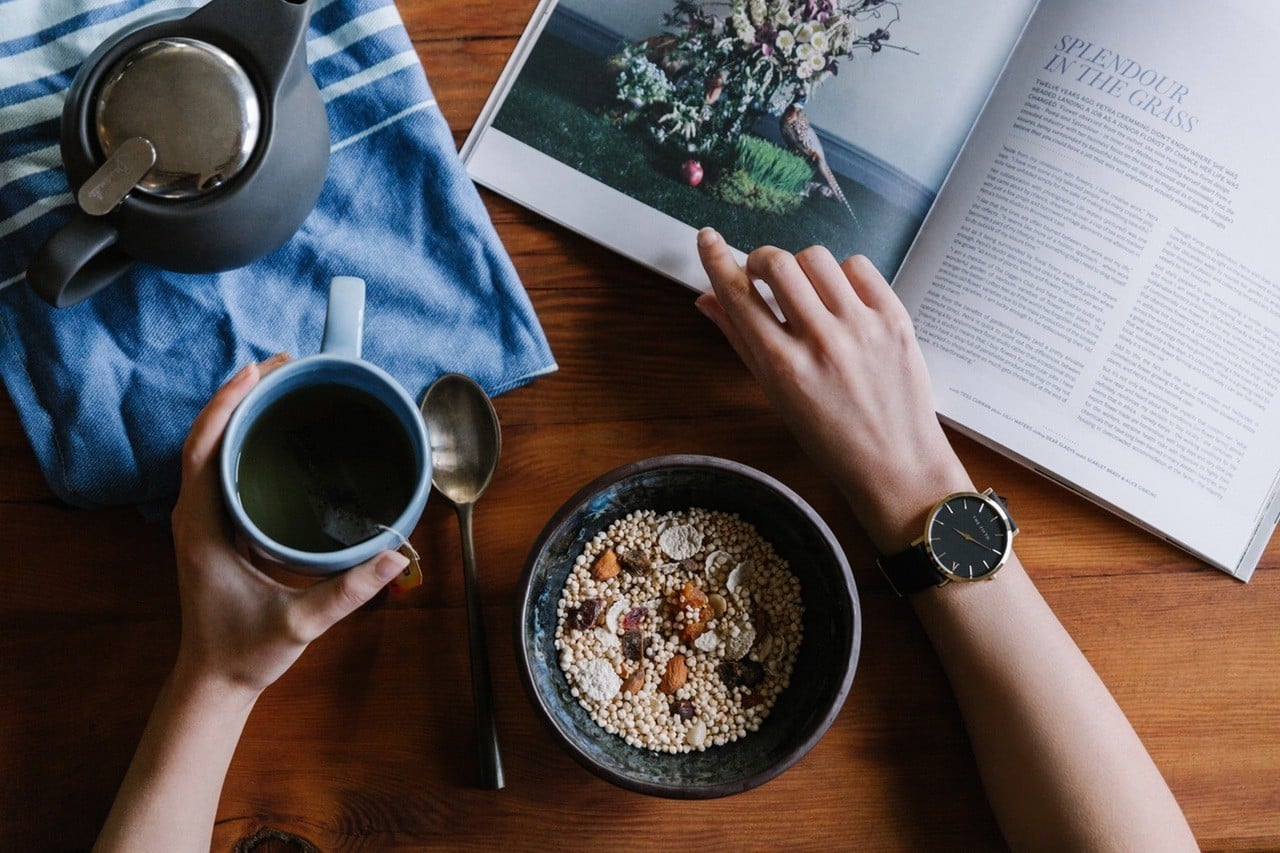
8. Schaffe Rituale, die deine Tage zu etwas Besonderem machen.
Gib dir zwei Stunden Zeit, um aufzustehen, statt nur einer, und trinke einen guten Kaffee am Morgen. Kaufe eine gute Gesichtscreme. Geh einmal im Monat in ein geliebtes Spa und nutze die Sauna oder das Dampfbad. Gönne dir jeden Sonntag eine Spa-Behandlung zu Hause, die ein Peeling von Kopf bis Fuß beinhalten sollte. Mache selbstgemachte Gesichtsmasken, indem du mischst, was du gerade zur Hand hast. Ich mag Avocadoöl, Honig und Rosenwasser.

9. Halte dein Zuhause sauber.
Auch wenn es verlockend ist, sofort Netflix zu schauen, wenn du aus dem Studio nach Hause kommst, solltest du dich zwingen, 20 Minuten am Tag aufzuräumen und zu putzen.
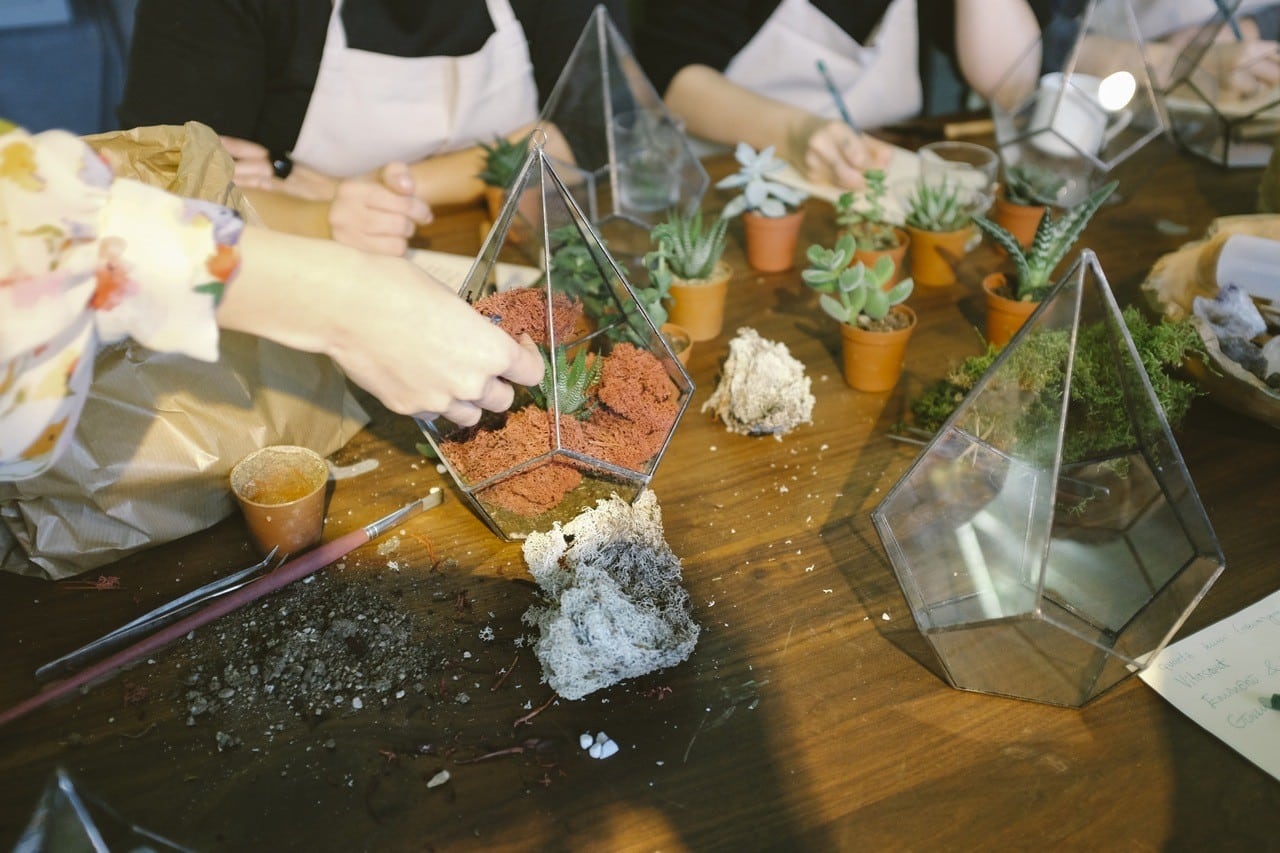
10. Werde kreativ.
Mach ein Projekt, das mit deiner Traurigkeit zu tun hat.
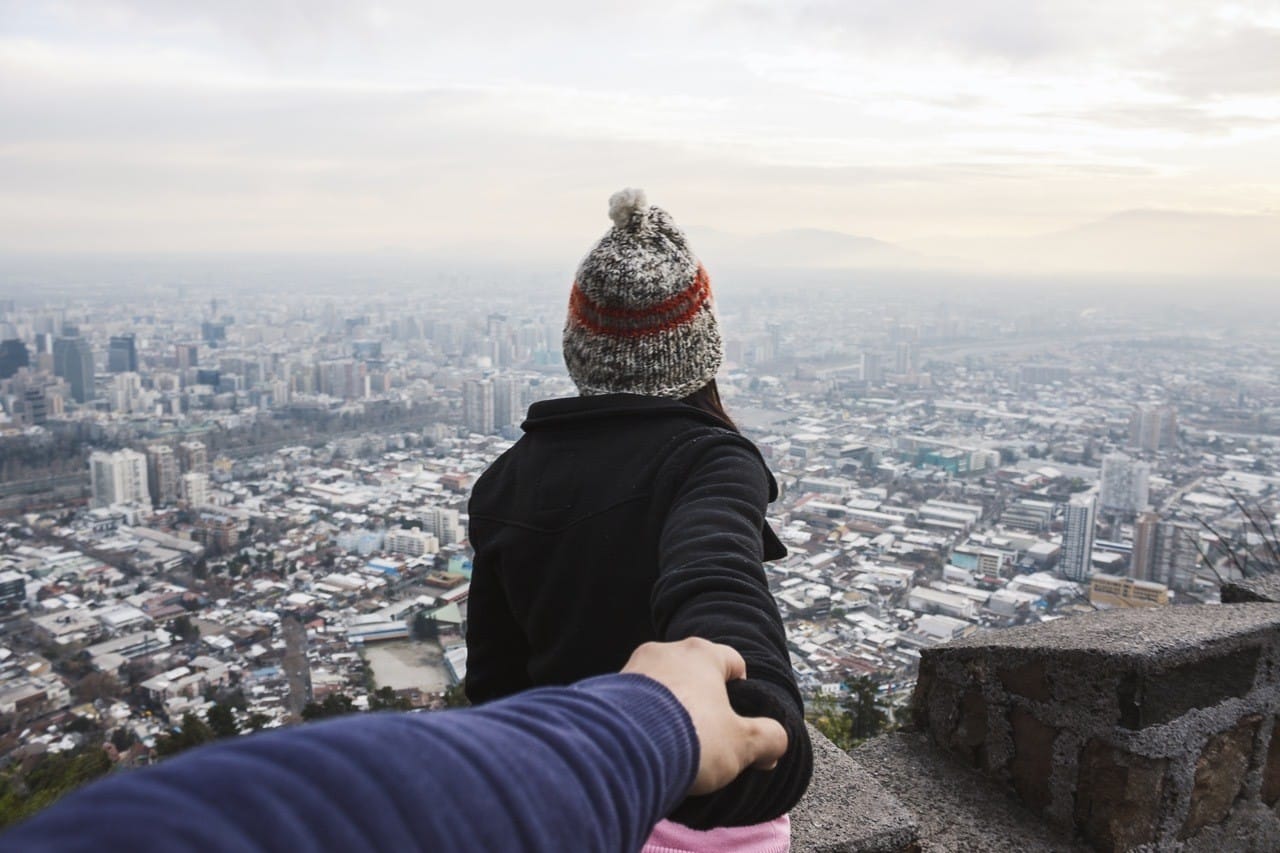
11. Probiere etwas Verrücktes aus.
Viele der Kreativen, mit denen ich gesprochen habe, sagten, dass sie verschiedene Formen der Therapie als hilfreich empfunden haben, von Akupunktur über sensorische Deprivation bis hin zur Lichttherapie im Solarium. Etwas zu tun, was du noch nie getan hast, ist gut für das GedächtnisAlso schnapp dir einen Freund oder ein Familienmitglied und probiere etwas Neues aus.

12. Freiwillige/r.
Laut einer Vielzahl von ForschungDie Hilfe für andere ist eine der besten Möglichkeiten, um Depressionen und Einsamkeit zu bekämpfen. Durch die soziale Seite der Freiwilligenarbeit fühlst du dich verbunden, und Altruismus schafft Vertrauen. Auch wenn du dich nicht körperlich engagieren kannst, solltest du in Erwägung ziehen, Wohltätigkeitsorganisationen mit deinen Fähigkeiten zu unterstützen, denn viele brauchen Hilfe in den sozialen Medien oder bei der PR.
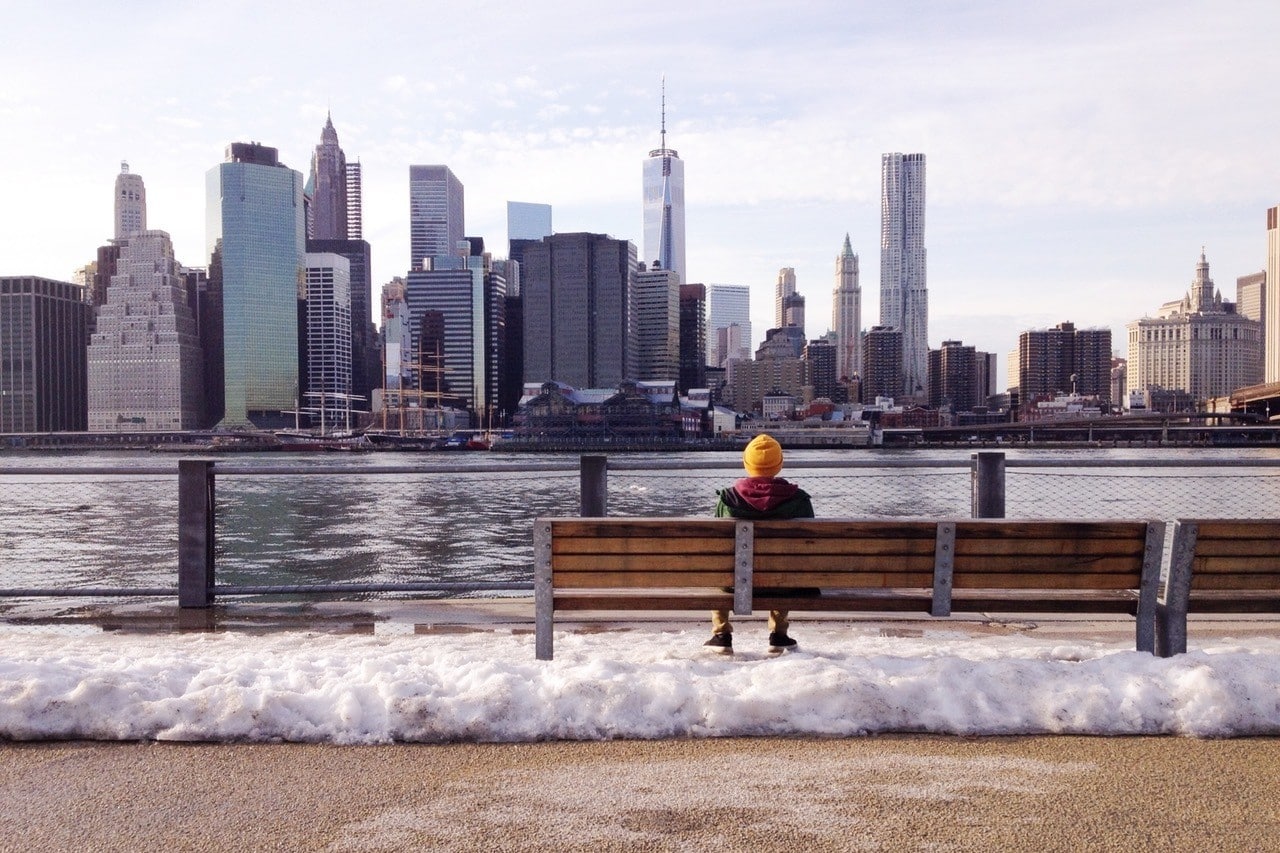
13. Mach dich selbst dafür verantwortlich, dass es dir besser geht.
Ziehe in Erwägung, deine Freunde oder deine Familie in deine Wintergesundheit einzubeziehen und sie zu ermutigen, dich bei deinen Unternehmungen zu begleiten und nach dir zu sehen. Achte aber darauf, dass du freundlich zu dir selbst bleibst, auch wenn du deine Pläne absagst.
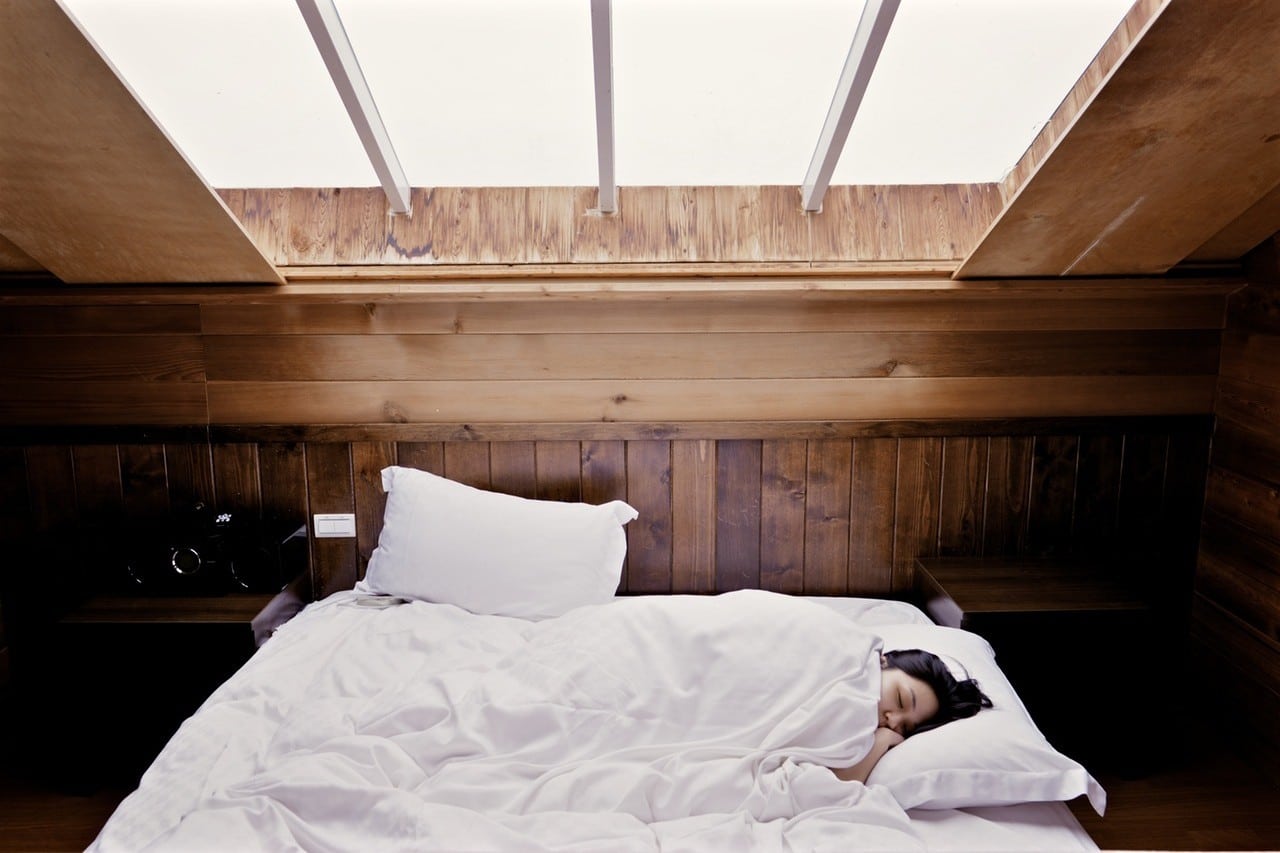
14. Sag nein zur Arbeit, wenn du kannst.
Auch wenn wir alle wissen, dass die wirtschaftliche Zukunft ungewiss ist, solltest du es versuchen, wenn du ein wenig von deiner Arbeitslast abnehmen kannst. Arbeite nicht umsonst. Gönne dir volle freie Tage. Du hast es dir verdient.
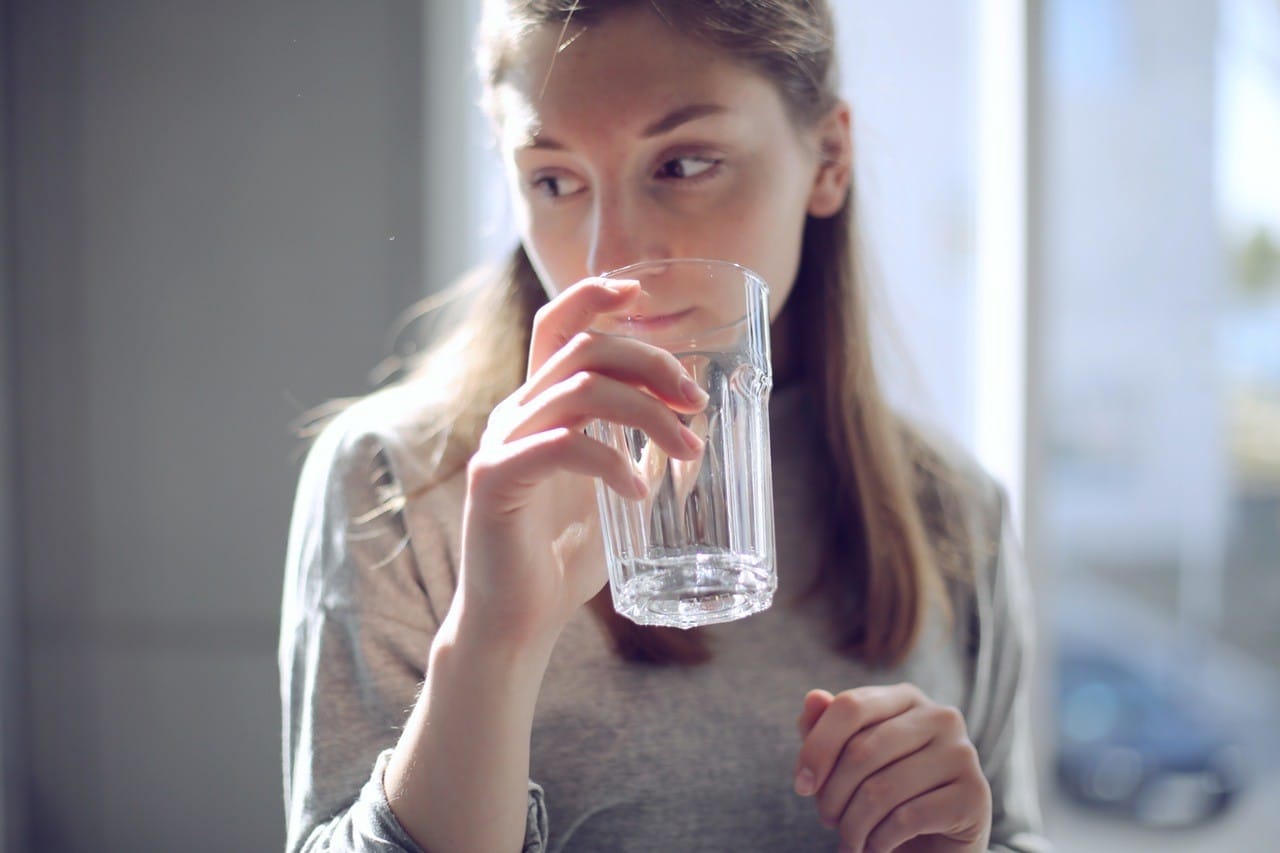
15. Erwäge, mit dem Trinken aufzuhören.
Alkohol macht zwar Spaß, kann aber auch große psychologische Auswirkungen haben, wenn du bereits niedergeschlagen bist. Trinken scheint deine Stimmung zu heben, aber es kann sie sogar noch verschlimmern Gefühle der Traurigkeit. Viele greifen zur Selbstmedikation zu ihren Lieblingsgetränken und -drogen und geraten so in einen ständigen Kreislauf von Höhen und Tiefen. Überlege dir, ob du nicht einen Gang zurückschalten solltest.
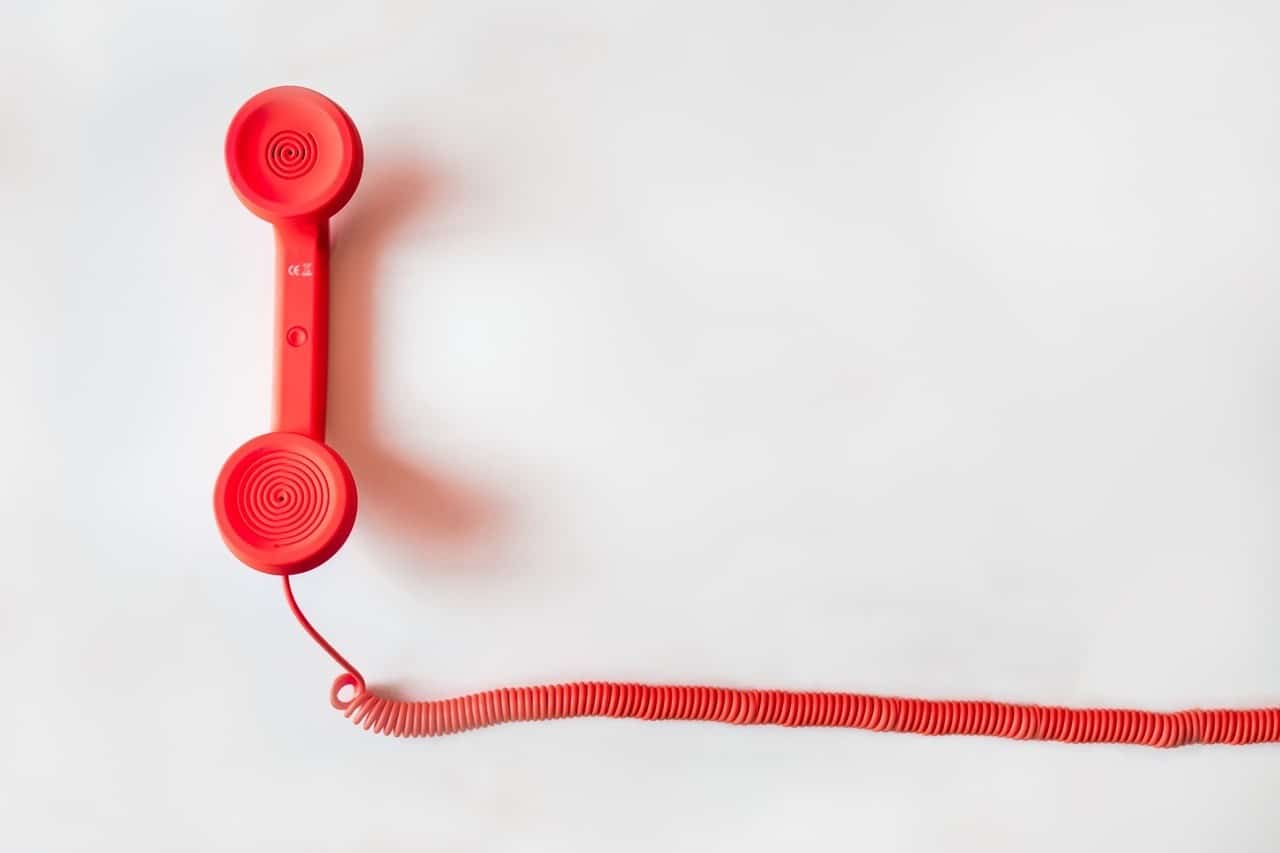
16. Sprich mit deinem Arzt oder Therapeuten.
Wenn du die Symptome einer Depression verspürst (verminderte Energie, Müdigkeit, Angstgefühle und Verzweiflung, Vermeidung sozialer Situationen, Selbstmordgedanken), solltest du deinen Arzt oder Therapeuten aufsuchen, um sicherzustellen, dass du gesund bist. Wenn du dich selbstmordgefährdet fühlst, wende dich an dein örtliches Krisenzentrum, um Hilfe zu erhalten. Finde eine hier.












